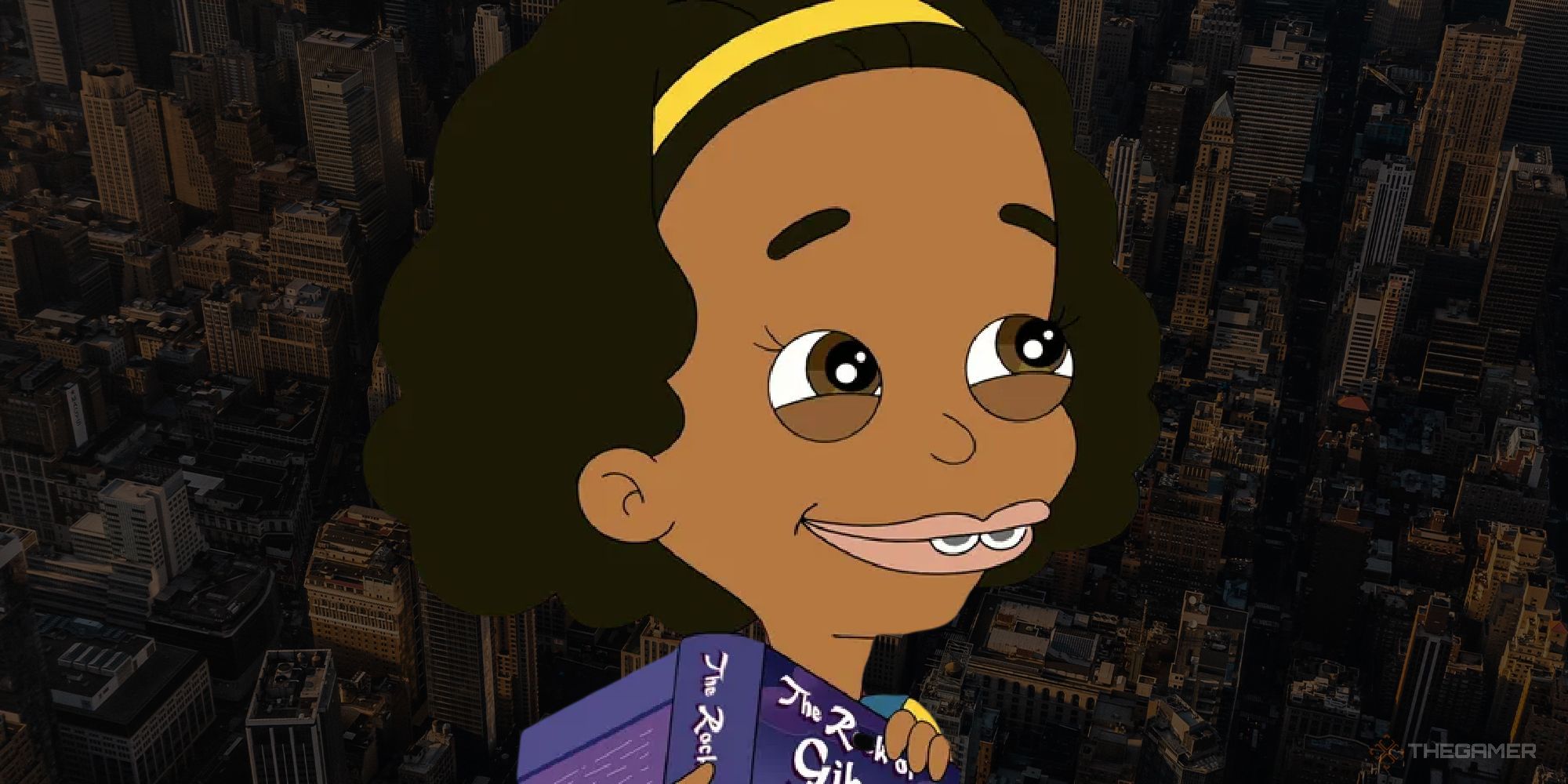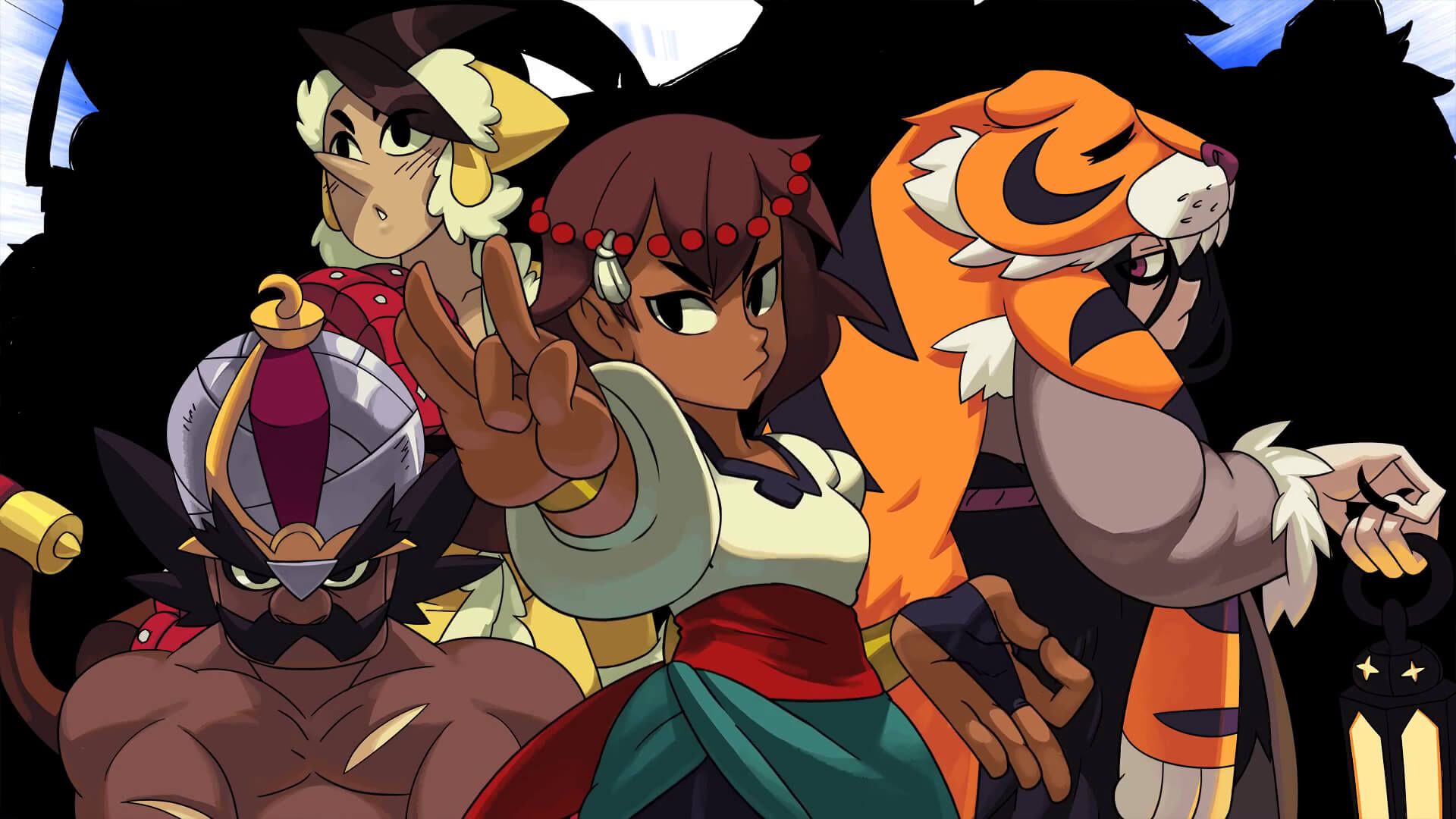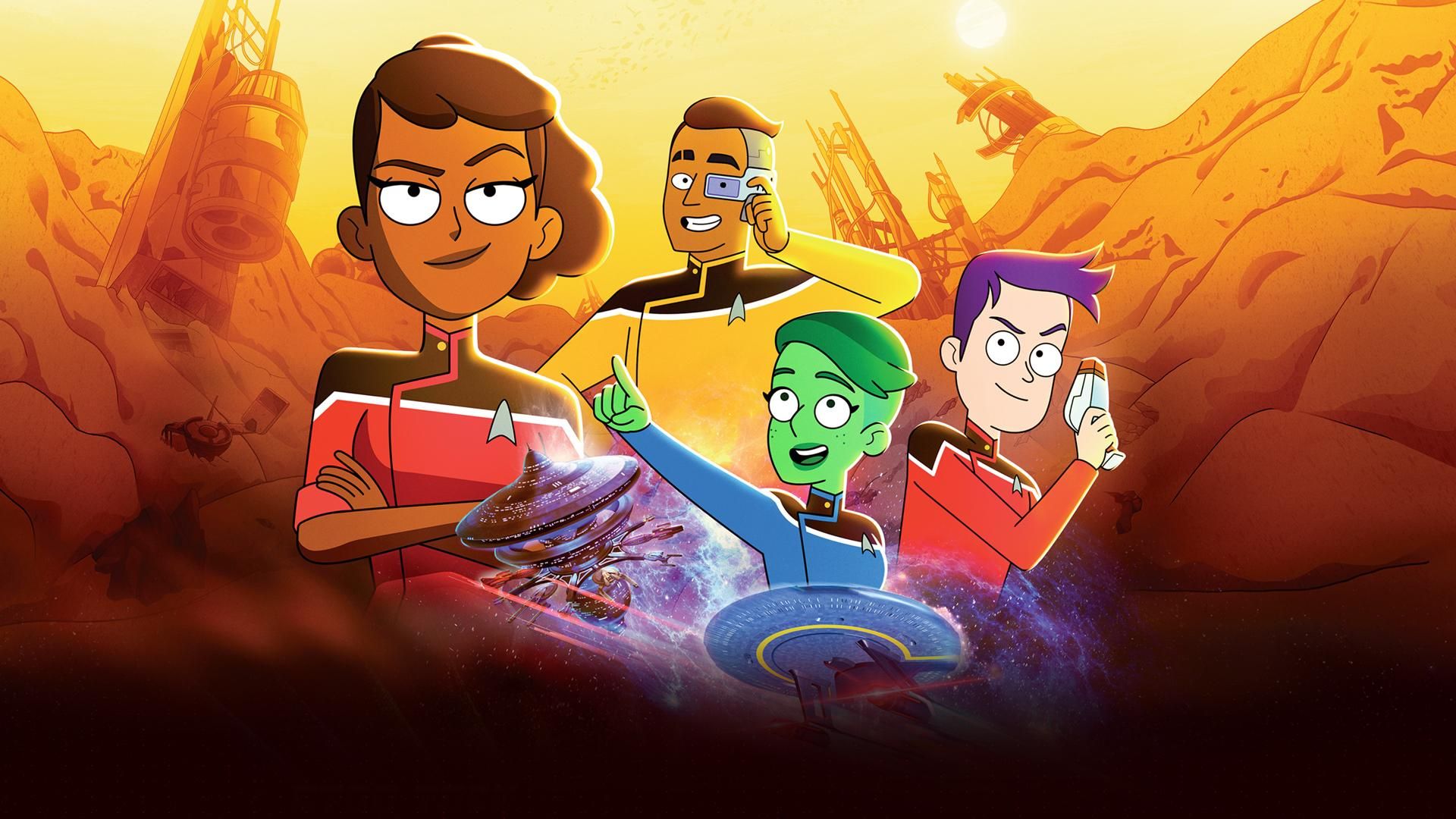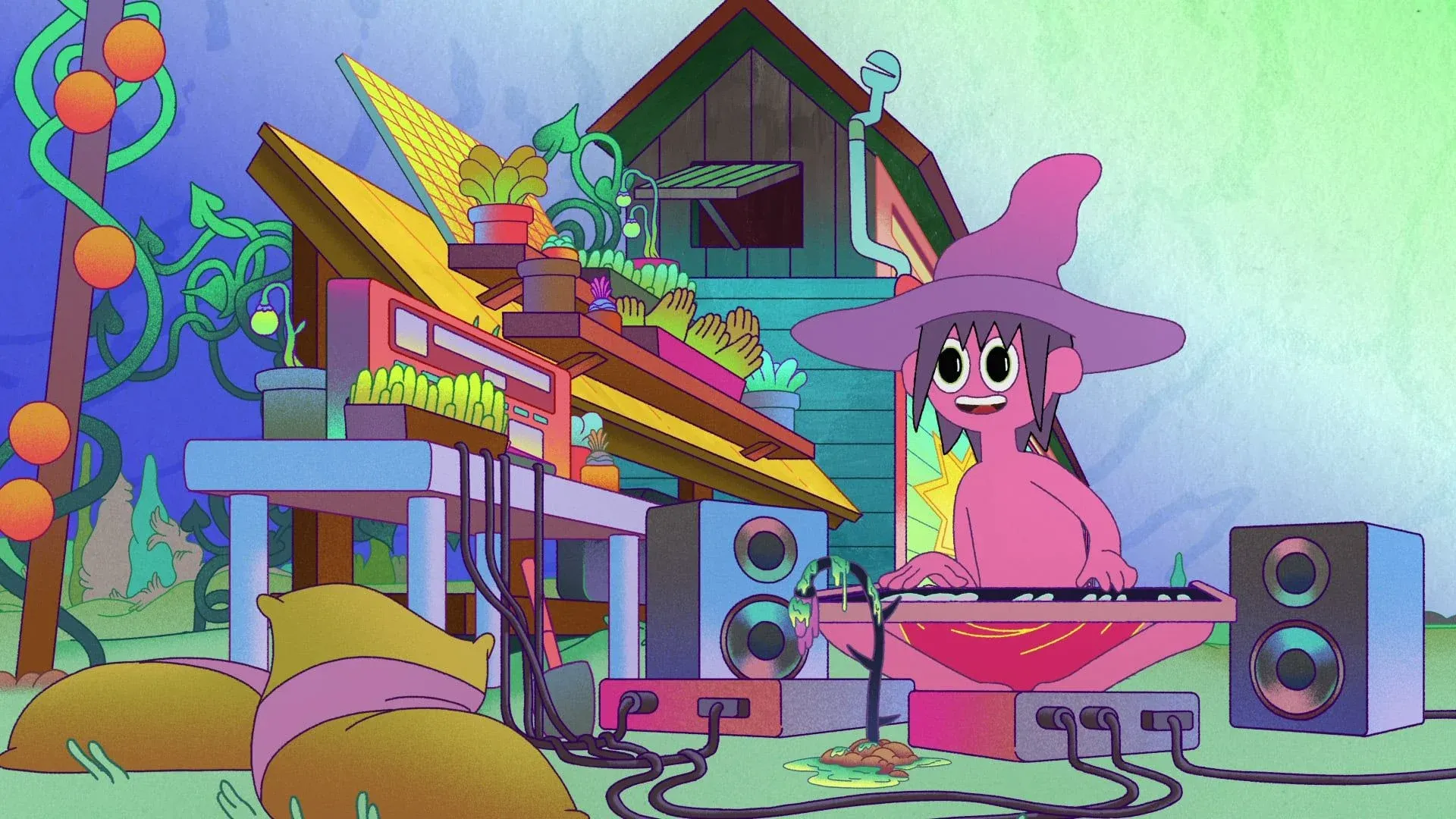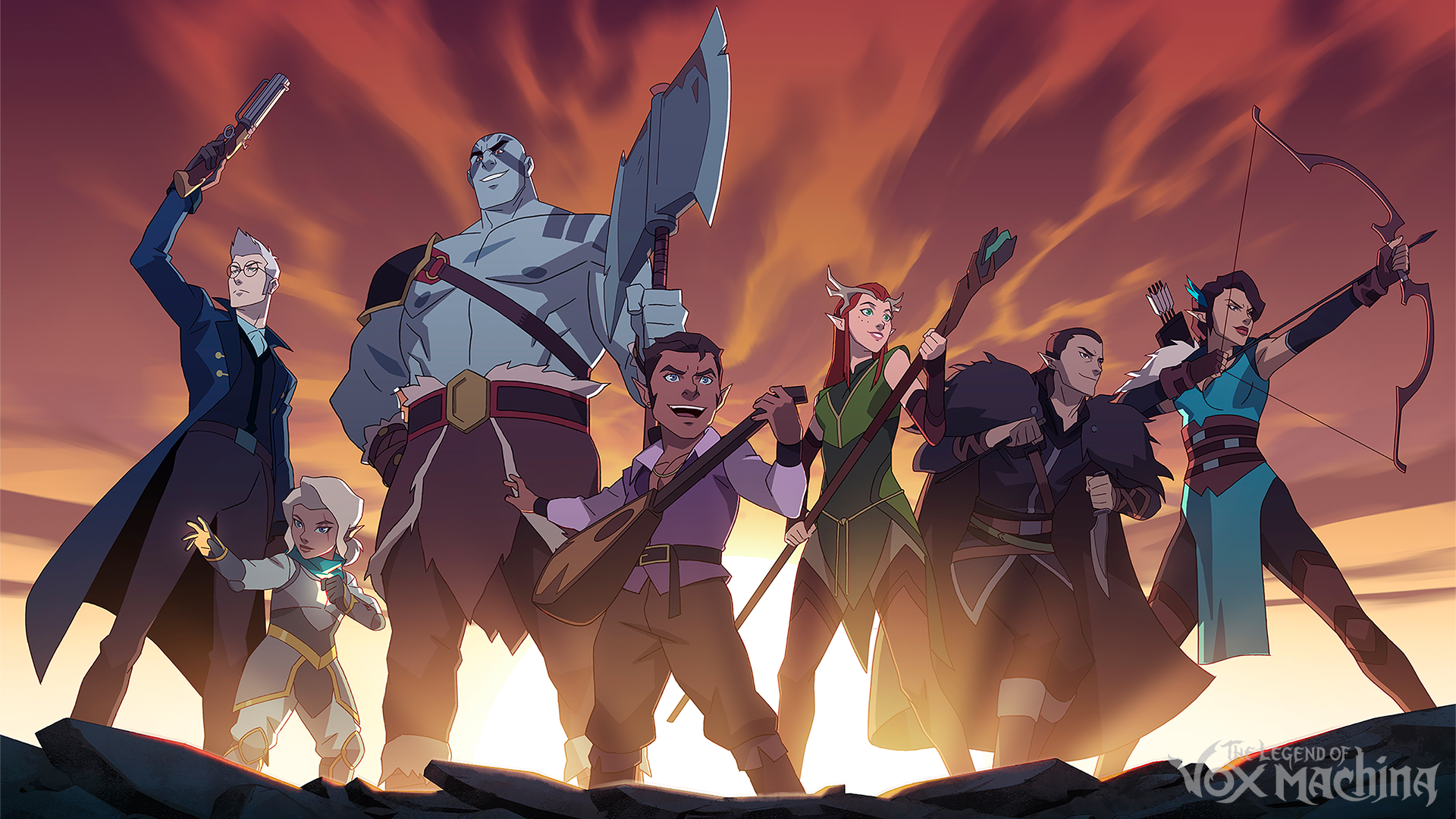Titmouse has become the first studio outside of Los Angeles to join The Animation Guild, with the vast majority of its workforce supporting the right to unionise, a wish that has since been approved by management as they enter negotiations. It’s a huge step for the world of animation, spelling a bright future for creatives who have spent years working under a system that is unfair, inconsistent, and often results in burnout.
Future prospects look promising, so I caught up with background artist Yves Menshikova and storyboard artist Dan Pinto to talk about the mood at Titmouse right now, and where the next steps of unionising will take them as negotiations begin, and they start to establish new foundations for other studios outside of industry hotspots to build upon. This effort also includes production staff, who are often left out of union negotiations - so it’s a big win.
“I think there’s been a definite change in the zeitgeist since the pandemic started,” Pinto tells me. “People are having a new relationship with how they relate to work, and how they relate to their labor, and what safety means to them. When you work at a company for five years, a pandemic hits, and the boss tells you that you have to come in and risk getting sick to keep profits going - you know, I think a lot of people started to reassess how they feel about work. With the stuff happening at John Deere, Amazon, and the Kellogg's strike that happened, all of these things are part and parcel of a new movement of people reexamining what their relationship is to labor.”
In the United States, animation is an industry that mostly revolves around California. This is where so many of the major companies, studios, and resources are when it comes to production, so a number of newcomers and veterans almost feel an obligation to relocate, both to feel relevant in the wider industry and to strive for union representation.
“What we’ve seen from New York is a mass exodus in the past few years with people eventually getting sick of the system here and moving to LA where there’s a union with stability and all these things to draw you in like higher pay rates, ease of living, and that kind of stuff,” Pinto continues. “New York has never had that, so we’re hoping to make our way towards that. When you talk about remote working during the pandemic, one of the things that didn’t shut down was animation. We were able to transition fairly easily into home working, remote work, and virtual studios and all those kinds of things very easily. There’s no set, there’s no cameraman that needs to be around, right? So people started to question why this geographical barrier has been in the way in the first place if this was never needed? That helped our push quite a bit because people started realising well, if I can just stay home and work, why don’t I do just that?”
Pinto has been working in the field of animation for years, keenly aware of how the stressful nature of production can wear people down and result in them leaving the industry altogether. A nationwide union effort is a way to tackle that perception, bringing younger, more optimistic individuals into the fold and teaching them that the future can be optimistic if enough people fight for the cause. When it comes to Titmouse, 90 percent of the New York studio were in favour of such a thing, meaning it was almost impossible for management to ignore.
“Burnout pretty directly ties into unionisation,” Menshikova tells me. “We’re trying to push for better hours and better compensation for those hours. If we have people working less for more, then we have more fulfilled and less tired workers, people who can actually sustain themselves instead of feeling like they have to take on a bunch of jobs to be able to live in a big city. It absolutely ties into burnout. So many people at our studio are tired and unionising because they are tired.”
Having only been at Titmouse for a few years, Menshikova sounds bright and optimistic, coming from a generation that seems more aware of the benefits that come with belonging in a union and fighting for rights that value who you are as both a worker and a person. We are far more than tools of production, and should be treated as such even if we don’t live in an expensive city that acts as an illogical hub for the medium.
“One of the issues with the New York environment in general, and this isn’t necessarily specific to Titmouse, is that people are asked to wear lots of hats in terms of their roles,” Pinto adds. “That doesn’t happen in LA, because the union is strong enough that it delineates all of those roles, and that’s one of things we really want to have happen. I’m a storyboard artist, but I also time my boards. I kind of edit my episodes a little bit and these are all things that I should or shouldn’t have to do. Or if I am doing them I should have been compensated differently for doing all those things as well.
“As an older person, it’s true that one of things we talk about when talking to people is that there’s not a lot of people over 40 working in New York animation, and there’s a reason for that is you get burned out and move onto a different career. There’s no point in staying when the risks outweigh the benefits. So as someone who is nearly 37 and is pushing closer to 40, one of the things I noticed as I spoke to newer people is they had this energy about wanting to get it done, and older folks tend to have this feeling of, ‘Oh it’ll never happen here’ so having that kind of dynamic was really interesting.”
The tide is changing as younger workers and more seasoned animators come together, generations meeting and coming to terms with the fact that unionising is the best path forward, even if it means breaking boundaries that once seemed indestructible.
“Right now, there is quite a big labour movement in general and a lot of recognition of unions being a good thing and the thing that we need,” Menshikova explains. “This effort was very much supported by a lot of the newer people at the studio who hadn’t experienced a lot of the pain my older co-workers have experienced and still supported the union effort because they had heard unions were a good thing. I feel like that was pretty crucial to our win and also just the increased knowledge of worker’s rights and the importance of unions.
“A lot of people come in kind of like starry eyed and they’re like, ‘Oh my god, this is my first animation job!’ and a lot of studios know that they can take advantage of that and push you to do more than you’re required because they know you will try harder, because you want to prove yourself. Unfortunately, without the protection of unions, that is very easily exploitable.”
So what’s next for Titmouse in New York? “The big announcement that happened recently was we made it public that Titmouse has voluntarily recognised our unionising effort,” Pinto says. “What happens next is that the Collective Bargaining Agreement (CBA) for the New York studio needs to be agreed upon and ratified. That requires negotiations, so the union will begin negotiating with Titmouse management about what will be included in the CBA. Those things will run the gamut from pay rates, to grievance policies to bereavement policies, vacation, health insurance and all that kind of stuff gets covered and is going to be ironed out in the coming months.”
But this is also New York, as Meshikova is quick to stress: “As much as people keep LA’s union contracts as the gold standard, we are in New York. We have different working conditions, and people want different things here. So it’s important for us to craft our own bargaining agreement to represent what we want at our studio.”
Pinto and Menshikova both sound incredibly hopeful, primarily because such a large percentage of the studio backed unionisation. It is clearly the right move forward, and a hope that the animation industry will slowly but surely encompass more than just California when it comes to ensuring workers are treated with the respect they deserve.
“What makes me hopeful isn’t so much that management has agreed to recognise the union, it’s that 90 plus percent of the studio agrees with us to push forward,” Pinto says. “It’s not so much how Titmouse will respond, it's that I know that I have behind me the strength of 90 percent of my studio mates. We’re all staying together with this.”
Titmouse is a hugely diverse studio with all manner of races, gender identities, and more compiling its workforce, and Pinto is proud that the union membership right now represents that diversity and desire for progressive change. As things continue, the union hopes to welcome more and more people into the fold with the same goals, and judging from the momentum right now, such things are only a matter of time.
If you want to support Titmouse and other studios moving forward, be sure to follow The Animation Guild on Twitter and keep watching your favourite cartoons.

